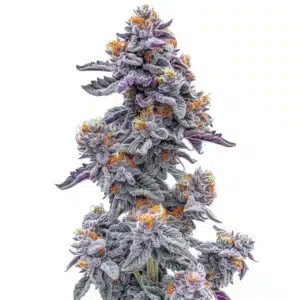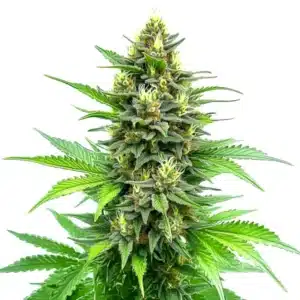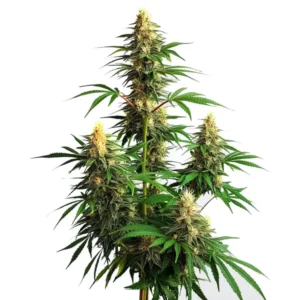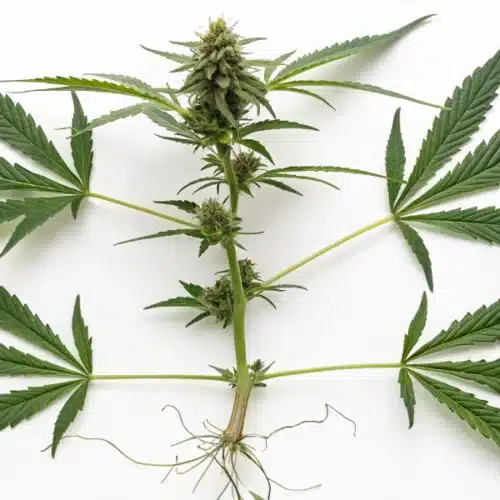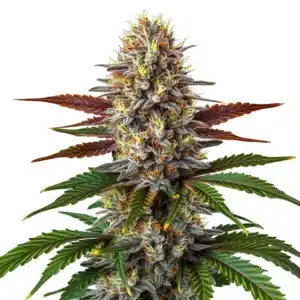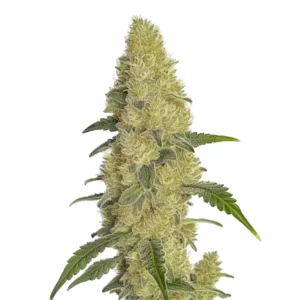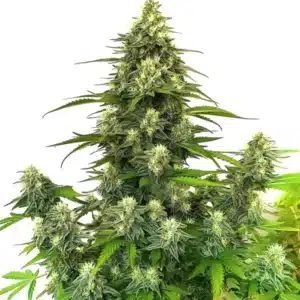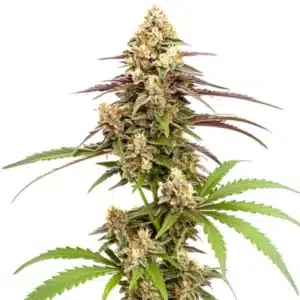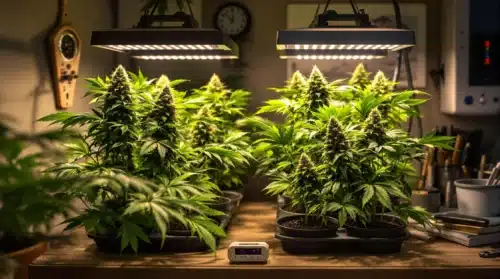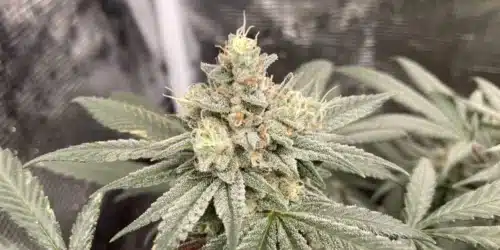Growing cannabis can be an exciting and rewarding hobby. Among the many strains available, Gorilla G4 is notable for its remarkable potency and distinctive flavor. This hybrid strain is favored for its balanced effects, making it a popular choice for both novice and seasoned cultivators. In this guide, we’ll explore various aspects of successfully growing Gorilla G4, ensuring you have all the information needed for a thriving garden.
Gorilla G4 is a hybrid strain characterized by its renowned Gorilla Glue lineage. With THC levels often reaching 25% or more, this strain is highly regarded for its potency and overall effects. Gorilla G4 generally demonstrates vigorous growth and impressive yields, which appeals to home growers and commercial cultivators alike. Its taste profile features earthy, sweet, and pungent notes that many users highly appreciate.
Before embarking on your cultivation journey, it’s essential to familiarize yourself with its growth characteristics. Understanding the specifics of flowering time, ideal growing conditions, and nutrient requirements will play a pivotal role in achieving a successful harvest. For instance, knowing the strain’s high yield potential can help you plan your garden layout effectively.
Choosing the Right Environment
The growth environment is fundamental for the overall development of your plants. Whether you choose to cultivate indoors or outdoors, ensuring optimal conditions for Gorilla G4 is crucial. For indoor setups, create a controlled environment that promotes good ventilation while maintaining warm temperatures, typically between 70°F and 85°F. Consider adding fans to improve airflow and maintain consistent temperatures.
If you prefer outdoor cultivation, make sure your plants receive ample sunlight. Gorilla G4 flourishes under sunny, dry conditions, ideally soaking in around 8 hours of direct sunlight each day. Choosing a location with excellent airflow helps mitigate risks from pests and mold. Imagine how happy your plants will be basking in sunlight and enjoying the gentle breeze! It’s this environment that helps them thrive.
Selecting Seeds and Clones
Choosing high-quality seeds or healthy clones is essential for productive cultivation. Look for reputable sources where you can find Gorilla G4 seeds. Ensure the seeds are robust, with no signs of damage or discoloration. If opting for clones, certify they originate from a healthy mother plant to minimize future complications. This selection process is akin to picking the right foundation when building a strong house.
While seeds introduce a broader genetic variety, clones allow you to retain specific traits you might have enjoyed previously. Reflecting on your growing style and needs will guide your choice, ultimately improving the likelihood of a flourishing garden filled with productive plants.
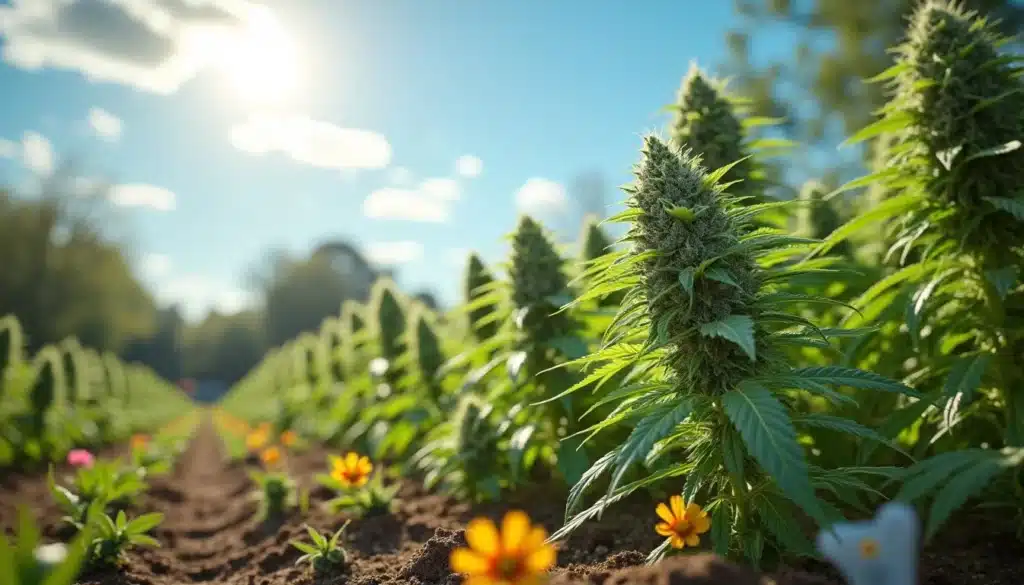
Soil and Nutrients
The foundation of healthy plant growth lies significantly in the quality of the soil mix. For Gorilla G4, a well-draining soil rich in organic components is ideal. Consider incorporating materials like perlite or coconut coir to boost drainage and aeration. These enhancements reduce the risk of overwatering, which can damage your plants similar to putting a fish in a dry tank!
When discussing nutrients, a balanced feeding schedule is critical. Gorilla G4 thrives on a combination of nitrogen, phosphorus, and potassium. Many growers have found success with a nutrient plan that evolves as the plants transition through their various growth stages, whether they are seedlings, in the vegetative phase, or flowering. This adaptability ensures that your plants receive precisely what they need when they need it.
Watering Techniques
Watering wisely is crucial and can significantly dictate your plants’ success. Gorilla G4 prefers the soil to dry slightly between watering sessions. Overwatering can induce stress, stunt growth, and lead to issues such as root rot. Developing a routine to assess soil moisture before watering is akin to checking the weather before planning a picnic—it’s essential to avoid potential downfalls!
Using pH-balanced water, generally in the range of 6.0 to 7.0, is highly recommended. Testing the water pH ensures your plants absorb nutrients effectively. If your soil’s pH is off, consider amending it to optimize nutrient uptake. Think of it as making sure your car has the right fuel type for optimal performance; it simply makes sense!
Light Requirements
Light is a vital element for Gorilla G4, whether cultivated indoors or outdoors. For indoor gardens, high-intensity lighting options like LED or HID lamps can deliver the lighting spectrum vital for healthy growth. Typically, the vegetative stage requires around 18 hours of light, while the flowering phase thrives under a 12/12 light cycle. Ensuring your plants are well-lit is akin to giving them a warm hug; they will flourish with this comfort!
For outdoor growers, positioning your plants in areas that receive maximum sunlight is essential. If they don’t absorb enough light, they may become weak and less productive. By ensuring adequate exposure to sunlight, you’re essentially setting your plants up for a successful growth experience, leading to robust yields.
Promos & Deals
Pruning and Training Techniques
Maximizing your yields often involves employing various training techniques. Low-Stress Training (LST) and topping are popular methods that help in managing plant growth. Topping means trimming the top of the main stem, encouraging a bushier appearance, while LST bends and secures branches to promote lateral growth for even light distribution. It’s like giving your plants a stylish haircut to boost their confidence!
Additionally, regular pruning is vital as it enhances airflow and lowers the risk of mold. Removing lower growth that lacks sufficient light helps redirect the plant’s energy toward the top buds, which leads to increased yield. However, finding a balance is key—over-pruning can stress your plants and potentially reduce productivity.
Flowering Time and Harvesting
Gorilla G4 typically has a flowering time of about 8 to 9 weeks. During this period, you’ll witness the buds forming and swelling. It’s essential to monitor your plants during this phase, watching for color changes in the pistils and cloudiness in the trichomes, which indicate the right time for harvest.
Harvesting at the perfect moment can notably influence the quality and potency of your buds. Using a magnifying tool can help you examine trichomes’ condition closely. Clear trichomes signal that it’s too early, while amber trichomes can indicate a more sedative effect. Striking the right balance—harvesting when most trichomes are cloudy with a few amber— ensures a well-rounded and enjoyable experience for users.
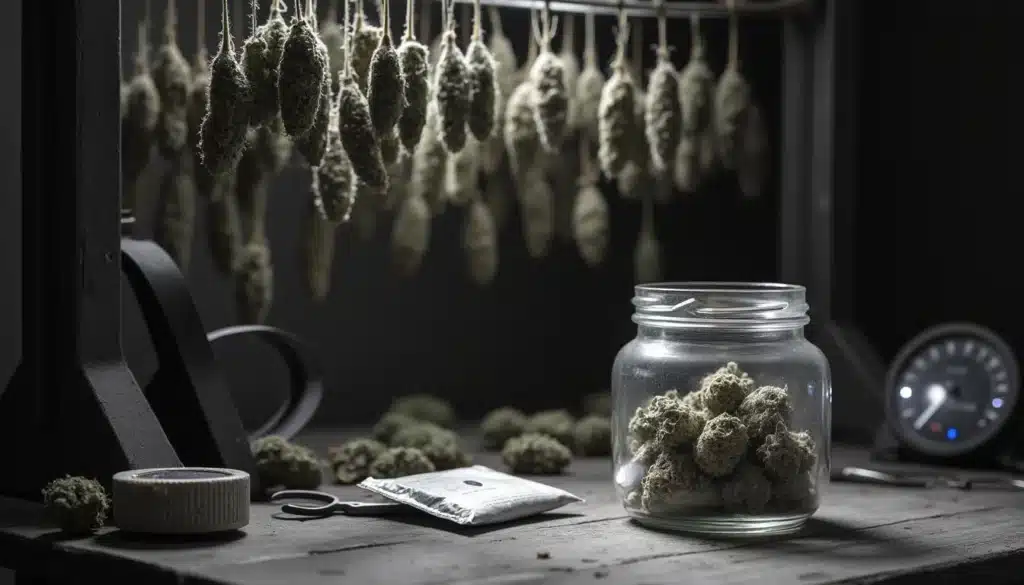
Drying and Curing Your Buds
After harvesting, implementing proper drying and curing techniques is vital to maintaining the quality of your plants. Hanging the buds in a cool, dark space with good airflow for approximately 7 to 14 days will be beneficial. The aim is to reach a moisture content of around 60% before proceeding to the curing stage.
Curing can span several weeks, further enriching the buds’ flavor and potency. Utilize glass jars for storage, opening them daily to allow fresh air in and circulate excess moisture. This step drastically enhances your final product, ensuring a smoother and richer smoking experience, much like fine wine getting better with age!
Common Issues and Solutions
No cultivation journey is without its challenges. For example, pests such as spider mites or aphids might invade your garden unexpectedly. Regular inspection of your plants for any signs of infestation is crucial. If you detect pest activity, utilizing organic remedies or introducing beneficial insects like ladybugs can effectively keep them at bay.
Nutrient deficiencies can also arise, often evidenced by adverse symptoms like yellowing leaves or subdued growth patterns. Identifying which nutrient is deficient and adjusting your feeding regimen accordingly is vital. Just like a chef adjusting flavors in a recipe, managing your plants’ nutritional needs can prevent issues from becoming overwhelming and ensure their health.
Related Strains
While Gorilla G4 is an excellent cultivar, you may also wish to explore other related strains that might captivate your interest:
- Gorilla Glue #4: This strain has gained popularity for its sticky resin and high THC levels, loved by enthusiasts for its intense effects.
- Gorilla Glue x Girl Scout Cookies: An enjoyable hybrid boasting a sweet yet earthy flavor profile, perfect for users seeking something unique.
- Strawberry Banana: A delightful fruity strain that blends the genetics of Strawberry and Banana strains for a refreshingly sweet experience.
FAQs
How can I tell when my Gorilla G4 is ready for harvest?
To determine the right time for harvesting, closely examine the trichomes on your buds using a magnifying tool. When the majority of trichomes appear cloudy and some turn amber, it is an ideal stage for harvest. Additionally, monitor your pistils; when they transition from white to brown, it indicates readiness!
What are the ideal growing conditions for Gorilla G4?
Gorilla G4 flourishes in warm conditions, ideally around 70°F to 85°F. It prefers well-draining, organic-rich soil and requires approximately 8 hours of direct sunlight when grown outdoors. This combination creates a thriving environment for excellent growth.
What nutrients are best for Gorilla G4?
This strain thrives on a balanced feeding regimen that includes essential nutrients such as nitrogen, phosphorus, and potassium. Tailoring the nutrient mix according to the growth stages will significantly enhance plant health. Regular observation of your plants’ needs will also aid in achieving optimal results.
Can I grow Gorilla G4 indoors?
Absolutely! Gorilla G4 is perfectly suited for indoor cultivation. Just ensure you provide adequate lighting, maintain appropriate temperature and humidity levels, and create a controlled environment. By doing so, you can achieve impressive growth and yields.


